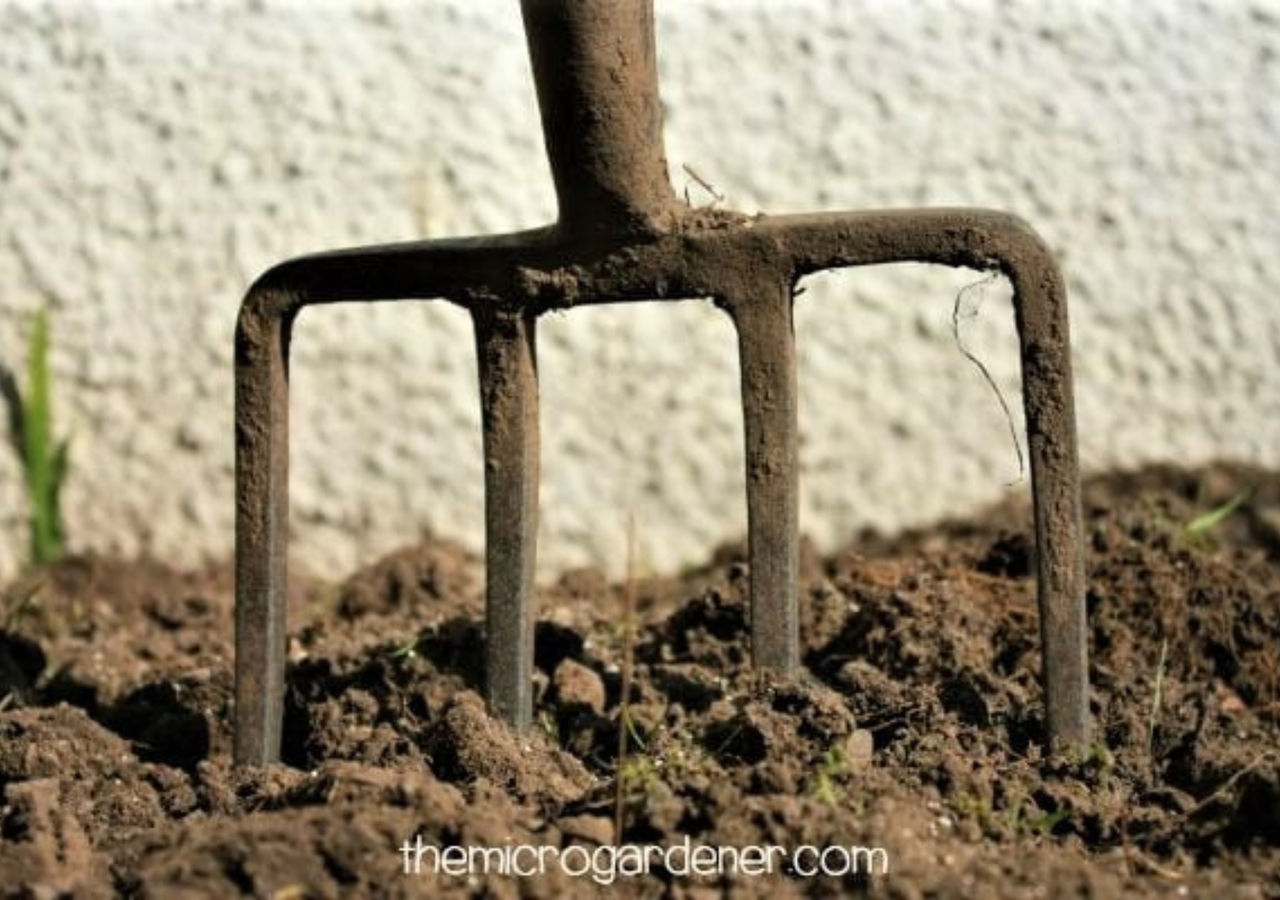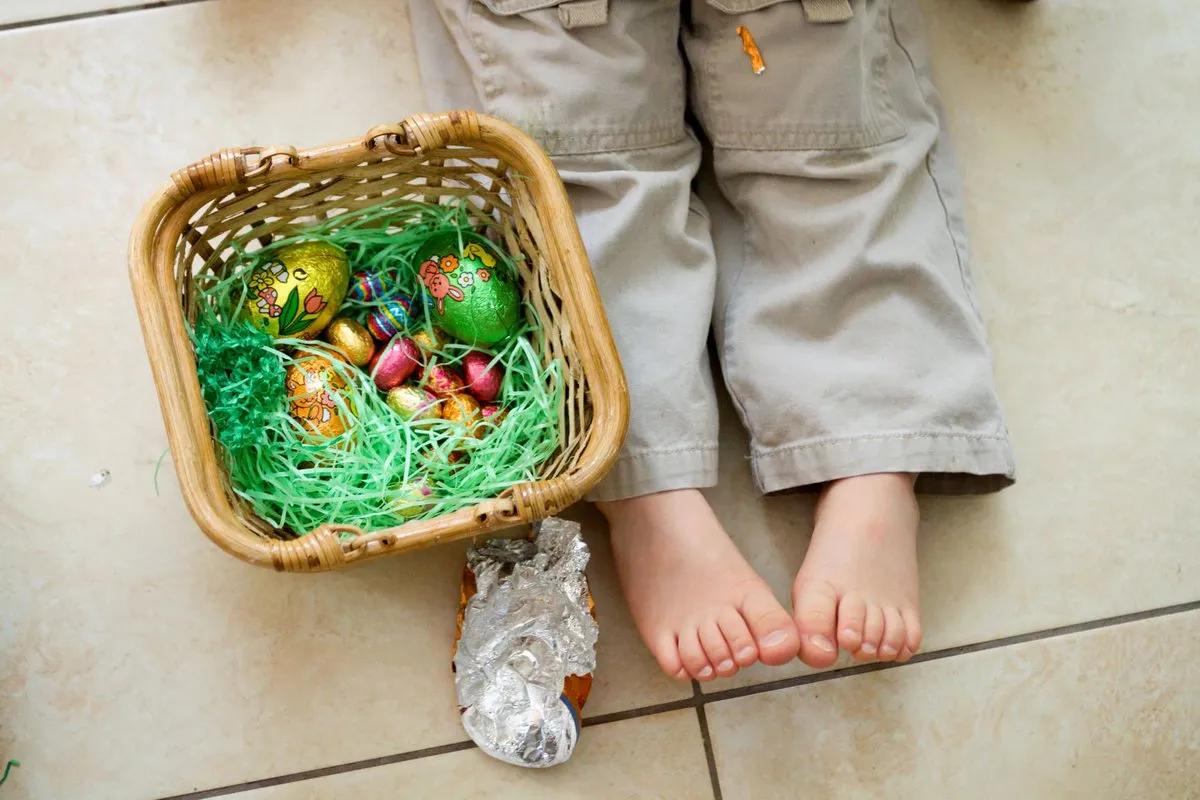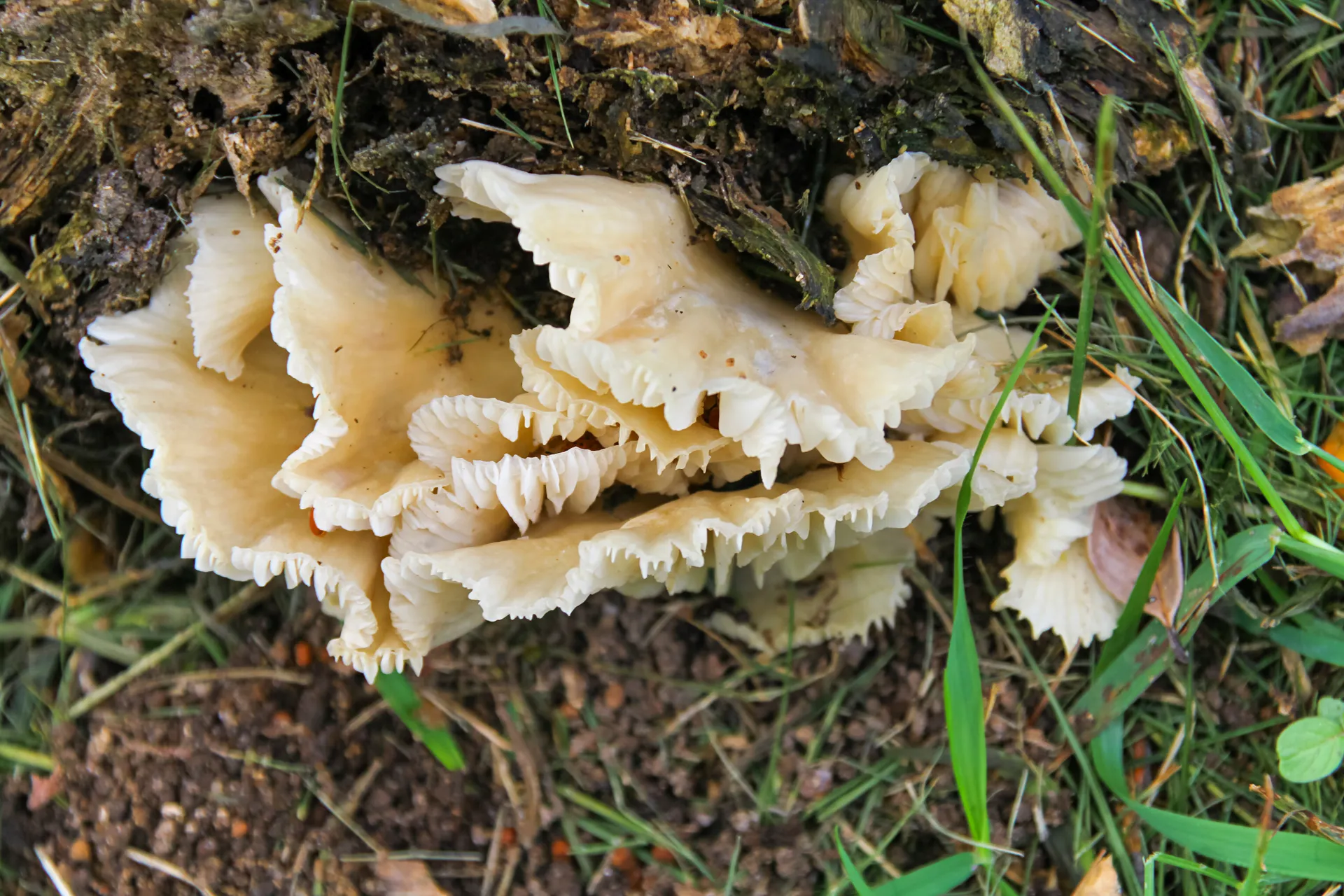Seasonal Gardening Tips for Summer by Anne Gibson, The Micro Gardener

During our summer months, it’s harder to grow a healthy garden.
We often battle prolonged intense heat, summer storms with rain and sometimes hail, and periods of very dry weather. Hot dry windy days create stress for many plants – and gardeners! Especially if the soil has not had soaking rain as a moisture buffer.
Even the most enthusiastic gardeners find it challenging to sustain their gardens in these conditions. The good news is there are strategies to help make gardening easier in summer. Dig into these tips to help your garden thrive.
Wise Water Management Strategies
Sustainable watering practices are vital whether you’re on town water or relying solely on tanks.
- Save your household wastewater. Collect water in a bucket in the shower, under downpipes or air conditioning units to reuse on your garden.
- Cooled cooking water from boiled or steamed vegetables is packed with nutrients. This is an easy way to give your plants a liquid feed. Avoid watering with salted water.
- Water your plants under the mulch – ideally with a soaker hose or drip irrigation to maximise delivering moisture where it counts most.
- Water early morning when it’s cooler to reduce evaporation and avoid wasting precious moisture.
- Water tanks, ollas, soaker hoses, drip irrigation, wicking beds and self-watering pots are water-efficient
options.
Create Beneficial Microclimates * Providing shade and wind protection will help minimize moisture loss and water needs. * Use taller species to provide natural shady microclimates to provide sun relief to plants that suffer sun
scorch. Move pots into protected zones to take advantage of these natural ‘umbrellas’. * Use crop covers and shade structures. Grow windbreaks if possible to minimise plants drying out. * Group plants with similar moisture needs in the one planter so you avoid over or underwatering. * Healthy soil high in organic matter creates a moisture-rich microclimate. Add compost, encourage worms
or bury kitchen food waste in small holes around your plants. Recycling nutrients helps add moisture to the soil.
Downsize your Garden * Sprouts are an easy way to grow fresh ingredients indoors by soaking seeds in water and enjoying them in a few days. Or sow seeds and raise leafy herbs and vegetables as microgreens, ready to harvest in just 7-21 days. Both these options provide nutritious, flavoursome additions to meals without the need for large volumes of water or effort. * If it’s too hot or dry to grow food, mulch your garden beds until it cools down or rains. This builds healthy soil and prevents weeds from taking over. * Grow your priority crops in pots that are close to the kitchen for easy maintenance and picking.
Challenges during Summer
With high humidity and temperatures, pests, diseases and weeds grow in number too. Fruit flies, grasshoppers, aphids and ants, caterpillars, slugs, snails, whitefly, scale, leaf miners and citrus gall wasps, powdery mildew, sooty mould and black spot are some of the most common problems. It can feel like an uphill battle! Don’t despair. With a few preventative and maintenance strategies, you can keep these in balance. Early or late in the day during the cooler temperatures is the best time to plant, water and maintain your garden. * To protect your crops, add shade cloth or crop covers. Individual bags or netting help minimize pest and animal attacks. * Beneficial insects help pest manage for you. Encourage predatory insects like hoverflies and ladybirds who feed on aphids, scale, and mealybugs by sowing flowers rich in nectar and pollen. These ‘good guys’ enjoy the free feed and will help keep pests in balance while visiting your garden.
Choose Plants Wisely * Established perennials and Mediterranean herbs are very resilient to dry conditions. e.g. rosemary, oregano, thyme, savoury, chillis, aloe vera and lemongrass. If you struggle with watering, choose these species instead of thirsty plants. * Avoid overwatering. Make sure your soil or potting mix drains well so plants don’t drown or rot. * If you are not prepared to water new seedlings to help them establish, it’s better to postpone planting.
Self-watering pots may be the best option if you have limited time.
- Most leafy greens, fruiting crops (that develop flowers, fruit and seeds) and herbs like mint and lemonbalm need regular moisture. Make sure you water and mulch well.
- There are many drought-hardy edibles that grow well in our local climate. Spinach, Suranim Spinach and Ceylon/Malabar Spinach. They can survive with minimal watering. Garlic Warrigal Greens (New Zealand Spinach) grow wild in the sand dunes at many of our beaches. Perennial summer greens include Brazilian chives, strawberries, pepinos, pineapples, dragonfruit, mulberries and banana capsicums are other hardy edibles to grow.
Even though summer is a challenging time to keep your garden growing, with a little planning, you can minimise the impact of plant stress by applying a few of these tips. Hopefully, you’ll still enjoy growing at least some fresh ingredients until easier climate conditions return in autumn.
Related Resources:
18 Top Tips for Gardening in Dry Climate Conditions
10 Water-Saving Tips for your Garden
Join my free newsletter for more monthly tips.
Enjoy the harvest! Cheers, Anne
The Micro Gardener









